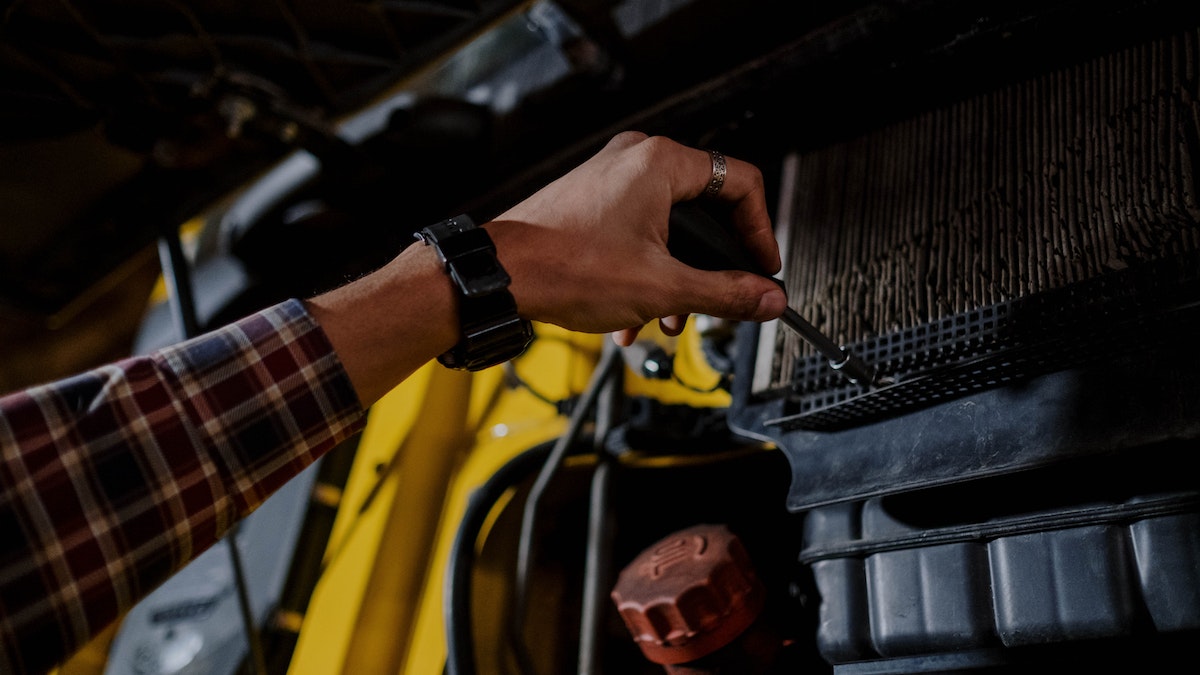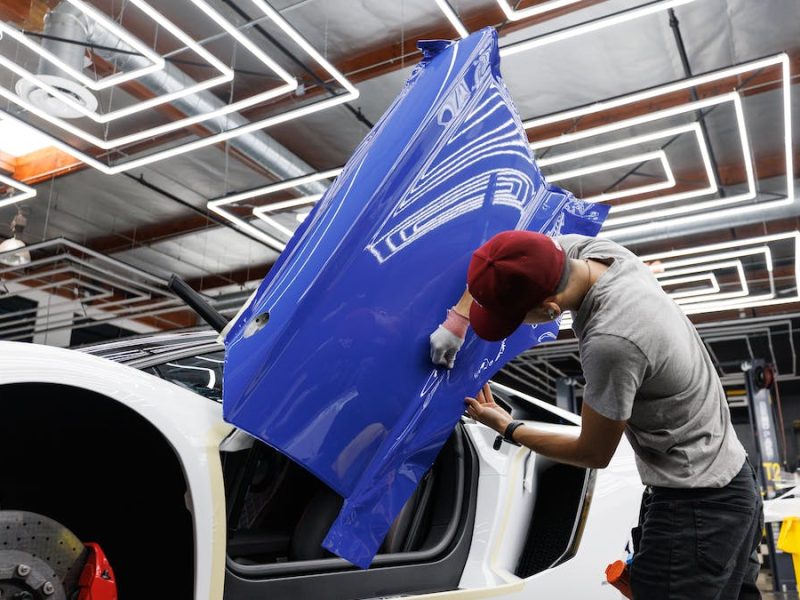Trucks are the workhorses of the transportation industry, carrying goods across the country and keeping our economy running smoothly. However, these powerful vehicles require diligent care and maintenance to operate safely and efficiently. Regular truck inspections are absolutely vital for any trucking company or independent owner-operator.
This article will explore why consistent inspections are so crucial and provide an overview of what comprehensive truck examinations entail.
Table of Contents
Importance of Regular Truck Inspections
Truck inspections serve several critical purposes. First and foremost, they help ensure the safety of the driver and everyone else sharing the road. If left unaddressed, faulty brakes, bald tires, and other mechanical defects can lead to catastrophic accidents. Thorough inspections allow technicians to spot issues early and make repairs before problems arise. For truckers, safety must always come first.
Inspections also minimize downtime and costly roadside breakdowns. A truck that is out of commission means lost revenue, so operators aim to avoid unplanned repairs at all costs. Inspecting trucks regularly allows technicians to fix minor problems before they escalate into major repairs. The small investment of time pays off exponentially in the long run.
Comprehensive truck inspections cover all the critical components and systems, including:
- Brakes
- Steering
- Suspension
- Tires
- Lights
- Fluid levels
- Chassis and frame
- Cargo securement
- Safety equipment
Alongside general inspections, an ANSI inspection specifically for bucket and boom trucks can be an important part of the maintenance process. Ensuring these specialized vehicles and their equipment meet the American National Standards Institute’s guidelines is crucial. This type of inspection verifies that the bucket and boom mechanisms, often used for lifting personnel or equipment to high elevations, comply with safety and operational standards. By adhering to these standards, trucking companies can further guarantee the safety and reliability of these vehicles when they’re performing tasks that might involve overhead work or utility services.
The following sections will explore the key inspection points in greater detail.
The Importance of Brake Inspections
Brakes are one of the most important truck inspection items. Brake failure can instantly turn a routine drive into a tragedy. Technicians carefully examine the brake linings, drums, hoses, and other components for wear, leaks, cracks, and damage. Out-of-adjustment brakes or insufficient brake pad depth can severely reduce stopping power.
During inspections, technicians also test brake operation. Trucks should never leave the shop with spongy brakes or any other braking deficiency. One missed brake issue can have heartbreaking consequences, so brake performance checks are paramount.
Why Tire Inspections Matter?

Tires are a truck’s only point of contact with the road, so blown or bald tires can easily cause accidents. Inspecting for proper inflation, tread wear, and damage helps avoid catastrophic tire failures. Uneven tread wear can indicate alignment issues or worn suspension parts. Technicians also check that lug nuts are tightened to the proper torque specifications to prevent wheels from loosening.
By thoroughly examining tires and wheels, technicians can identify problems early and perform preventative maintenance. This keeps trucks safely on the road where they belong. Tire inspections are fast, easy, and one of the most important things technicians can do to maintain truck safety.
The Critical Importance of Proper Fluid Levels
Technicians carefully check all fluid levels during truck inspections, including:
- Engine oil
- Transmission fluid
- Coolant
- Power steering fluid
- Brake fluid
- Differential fluid
- Windshield washer fluid
Low fluid levels can quickly lead to component failure and roadside breakdowns. Dirty fluids also degrade performance and accelerate wear. By inspecting fluids at regular service intervals, technicians can top them off, perform changes, and keep all systems operating smoothly. Proper fluid levels are essential for optimum truck performance and longevity.
Inspecting Steering and Suspension
The steering and suspension work in tandem to provide stable, predictable handling. Technicians inspect steering components like the steering box, steering linkage, ball joints, and tie rod ends for looseness or binding. They also check shocks and struts for leaking fluid and worn bushings or mounts. Any worn steering or suspension parts get replaced immediately to prevent handling issues that could lead to a crash.
Proper steering and suspension are critical for maintaining control, especially when maneuvering a heavily loaded truck. These inspections help ensure safe handling regardless of driving conditions.
The Importance of Inspecting Lights and Reflectors
Clear, bright lighting allows truck drivers to see the road and be seen by other motorists. Outages or dimming lights are hazards that should be addressed right away. Technicians confirm that all exterior lights are functioning properly, including:
- Headlights (high and low beams)
- Turn signals
- Brake lights
- Tail lights
- Marker lights
- Clearance lights
- Reflectors
Lights and reflectors illuminate the truck’s extremities, signaling the vehicle’s presence, width, and intentions to surrounding traffic. Obscured or burnt-out lights can lead to collisions, so a thorough lighting inspection is a must.
Frame and Chassis Inspections
The frame and chassis form the foundation of the truck. Technicians inspect the frame and cross members for cracks, damage, and failed mounts. They also check the fifth wheel and pintle hook for excessive wear or looseness. A compromised frame or chassis can cause handling issues or catastrophic failures. Identifying problems early on allows for repairs before fractured frames strand trucks on the side of the road.
Cargo Securement Check
Trucks hauling cargo must ensure loads are properly distributed and secured. Improperly restrained cargo can shift in transit, causing rollovers or unbalanced handling. Technicians examine tiedowns, straps, chains, and other cargo restraints to confirm cargo will not move during transport. They also check for signs of shifting cargo that may indicate securement issues. Following proper load securement principles prevents accidents and spilled loads.
Inspecting On-Board Safety Equipment
Trucks must carry certain safety equipment at all times, including:
- Spare fuses
- Emergency triangles
- Fire extinguisher
- First aid kit
Technicians confirm this vital gear is present and in good condition. They also inspect other safety components like seats, seatbelts, door latches, and mirrors. Well-maintained safety equipment helps drivers handle roadside emergencies and protects truck occupants in the event of a crash.
Conclusion
Regular, comprehensive truck inspections are absolutely vital for fleet safety and performance. Thorough inspections allow technicians to identify issues proactively and make repairs before problems arise. While inspections require an initial investment of time and money, the dividends paid in safe, reliable operation make them well worthwhile.
Truckers should follow a routine maintenance schedule and have technicians inspect all critical systems at regular intervals. For owner-operators, staying on top of maintenance is a key part of the job. For fleets, scheduled inspections coupled with diligent pre-trip and post-trip checks provide the best line of defense against roadside breakdowns.
When trucks receive the proper care and feeding, they provide many thousands of miles of dependable service. Regular inspections allow technicians to keep safety systems, drivetrains, and chassis in top operating condition. Truck inspections are an integral part of the job and should never be skipped or rushed. By making comprehensive truck inspections a top priority, operators can keep their trucks rolling safely for the long haul.

Alex is fascinated with “understanding” people. It’s actually what drives everything he does. He believes in a thoughtful exploration of how you shape your thoughts, experience of the world.



